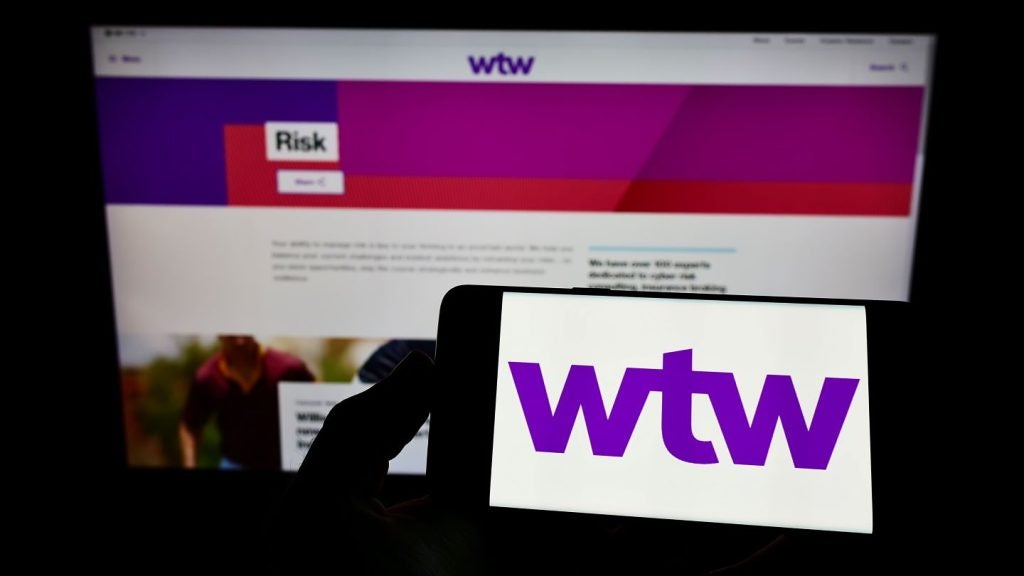full banking licence in Vietnam, has elaborated on its strategy for
the Chinese retail banking market. Alex Thursby, ANZ’s new CEO for
the Asia-Pacific region, spoke to William Cain about plans to
increase the bank’s earnings from markets that include Malaysia,
Cambodia and Indonesia.
 Australia & New Zealand
Australia & New Zealand
Banking Group (ANZ), Australia’s fourth largest financial services
group, has turned its attentions to incorporating locally in China
after being granted a banking licence in Vietnam.
Alex Thursby, recently appointed CEO of ANZ’s Asia-Pacific
business in a shake-up of senior management, told RBI he
was “exploring the role that local incorporation in China would
play in ANZ’s growth strategy in Asia”. The bank is aiming to be a
top-four bank in Vietnam and has targeted a place among the top
four foreign-owned banks in China by 2012.
Local incorporation allows banks to operate own-branded branches
and offer their full range of retail banking products in domestic
currencies. In Vietnam, the licence gives ANZ the option to
establish four ANZ-branded branches and transaction offices which
would serve the domestic retail banking market. HSBC and Standard
Chartered have also recently set up shop in the country (see
RBI 598).
The benefits of local incorporation

US Tariffs are shifting - will you react or anticipate?
Don’t let policy changes catch you off guard. Stay proactive with real-time data and expert analysis.
By GlobalDataLocal incorporation in China would allow ANZ to offer local
currency denominated debit cards to Chinese retail banking
customers under its own brand, in addition to the renminbi and
foreign currency services it currently provides to corporate
customers. The bank’s main retail banking exposure in the country
at present comes from the two banks it holds 20 percent stakes in:
the CNY128 billion-asset ($18.6 billion) Shanghai Rural Commercial
Bank; and the CNY100 billion-asset Bank of Tianjin. But unlike HSBC
– through Bank of Communications – and other foreign rivals
operating in the country, ANZ does not have any co-branded debit
and credit card offerings. Issuing co-branded cards with partners
is seen by foreign banks as a way to build a customer base prior to
a full-scale launch in the market.
China and Vietnam are seen as strategically important by
Thursby. Former ANZ CEO John McFarlane said in 2006 the bank would
look to lift its proportion of Asia-Pacific assets from around 10
percent to 25 percent “and take it from there”. But since then its
assets in the region have actually declined, to less than 10
percent of its total loans and advances.
Mike Smith, appointed chief executive in late 2007, formerly at
HSBC, has redefined the bank’s push in Asia-Pacific, moving away
from the focus on assets. The bank’s revised target is to generate
20 percent of earnings from Asia-Pacific by 2012, up from the
current 10.9 percent. Of the A$182 million ($127 million) profit
made in Asia-Pacific in the first half of 2008, 36.6 percent came
from its operations in the Pacific Islands, including Fiji, Papua
New Guinea and the Cook Islands.
ANZ’s strategy in the region is to build on the strengths of its
credit card and mortgage business units. It also wants to develop
its wealth management proposition, targeting the affluent customer
segment. Thursby said: “We are focused on providing retail products
and services of global quality for affluent customers in the large
cities of franchise-significant markets like Indonesia, Vietnam and
China. While our strategy is to provide services and products
across the total customer wallet, there will be some differences in
products between markets based on the needs of our local
customers.”
As part of this emphasis on affluent customers, the bank
recently created a global wealth management division. The venture,
for which no commencement date has been set, is aimed at
complementing the bank’s ambition to be a super-regional bank
(see RBI 595).
Thursby said the group has the ability to build a strong credit
card business in Asia, proved by joint ventures it has already
carried out in the Philippines, through its Metrobank Card
Corporation – in which it holds a 40 percent stake – and Indonesia,
through ANZ Panin Bank, with a 30 percent stake. He plans to have
10 million credit cards in issue in the region by 2012, compared to
the current 1 million.
He told RBI: “We will seek to bring the right balance
of standardisation as we build out our credit card business in
Asia, focusing on Indonesia, Vietnam and China. Standardising our
processes and systems brings efficiency and sustainability; it is
important to deliver consistent and improved service to our
customers.”
Australian banks have for a long time ignored the opportunities
on their Asia-Pacific doorstep, preferring instead to look to
European markets or, recently, their domestic market. National
Australia Bank (NAB) makes a negligible amount of its income in
Asia. But it does own Clydesdale and Yorkshire, two small banks in
the UK, which generated A$311 million – 13.9 percent of profit – in
the half-year ended 31 March 2008.
A relative bargain
Commonwealth Bank of Australia (CBA) has operations in New
Zealand, Fiji, Japan, Vietnam and Indonesia. But Australia and New
Zealand made up 98.6 percent of the group’s half-year profits – and
CBA recently bought Australian rival BankWest, the seventh-largest
bank with around 110 branches and A$54 billion in assets, from the
UK’s troubled HBOS Group for a relative bargain of A$2.1
billion.
And while Westpac, which recently acquired St George to form
Australia’s biggest bank by assets (see RBI 592), is
generating an increasing share of its earnings outside of its
Australia and New Zealand markets, Asia still contri-
butes only a small part of the bank’s overall earnings and is
focused entirely on its Pacific Islands business, which has 52
branches, mainly in Tonga and Fiji.








